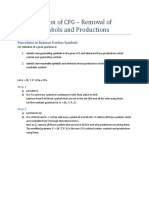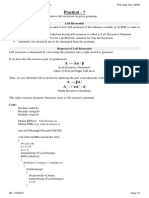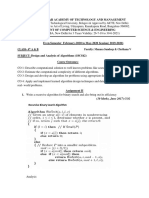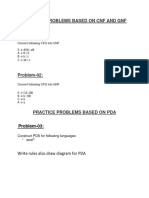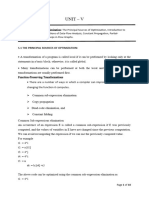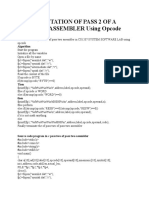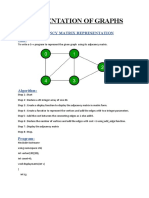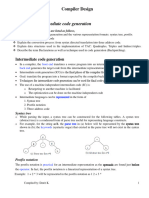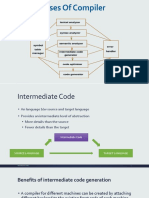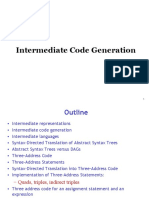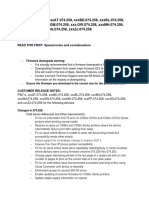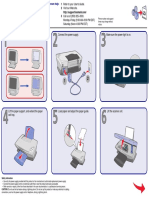0% found this document useful (0 votes)
576 views4 pagesThree Address Code
Three-address code is an intermediate code representation where expressions are broken down into single assignment statements with at most three operands. It represents code as a sequence of instructions, each assigning the result of an operator to a variable or storing the result in a register. There are two common representations: quadruples with four fields for operator, two operands, and result, and triples with three fields for operator and two operands where the result is implied by the instruction itself.
Uploaded by
jitprosenCopyright
© © All Rights Reserved
We take content rights seriously. If you suspect this is your content, claim it here.
Available Formats
Download as PDF, TXT or read online on Scribd
0% found this document useful (0 votes)
576 views4 pagesThree Address Code
Three-address code is an intermediate code representation where expressions are broken down into single assignment statements with at most three operands. It represents code as a sequence of instructions, each assigning the result of an operator to a variable or storing the result in a register. There are two common representations: quadruples with four fields for operator, two operands, and result, and triples with three fields for operator and two operands where the result is implied by the instruction itself.
Uploaded by
jitprosenCopyright
© © All Rights Reserved
We take content rights seriously. If you suspect this is your content, claim it here.
Available Formats
Download as PDF, TXT or read online on Scribd
/ 4


